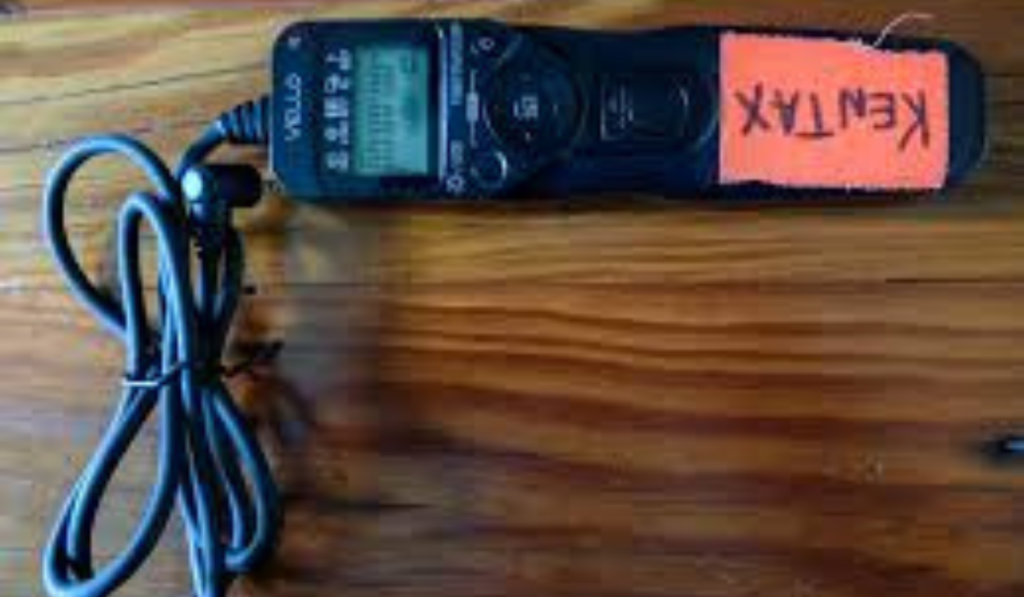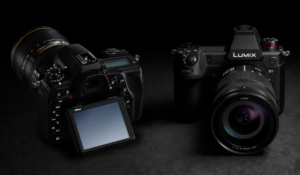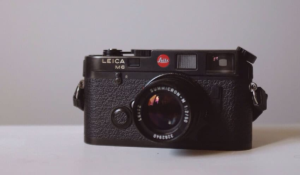Demystifying Intervalometers: A Photographer’s Guide

Photographers find intervalometers indispensable, as they allow them to control the timing of capturing images. Understanding intervalometers will help you to optimize your workflow and explore time-lapse photography. This comprehensive guide will help you unravel the mysteries surrounding intervalometers. We’ll explore their types, features, applications and how they can be used effectively in your photography.
Understanding Intervalometers:
An intervalometer is an integrated device or feature in cameras that controls the timing of shutter release. The intervalometer allows photographers to take a series at predetermined intervals. This opens up an entire world of creative opportunities. Intervalometers are used in a variety of photography techniques, including time-lapses, focus stacking and automated shooting.
Types of intervalometers
There are many different types of intervalometers to suit the needs of photographers.
- External (Basic): Devices that are standalone and connect to cameras. They offer basic interval timing functionality.
- Built-in/Internal: This feature is integrated into the camera menu, allowing easy access to intervalometer functions.
- External (Advanced level): This is a camera designed for professionals, with advanced controls like exposure ramping or precise interval adjustments.
- App (Basic or Advanced Level): Smartphone applications can be used as intervalometers. However, they have some limitations in comparison to dedicated devices.
Key Features
The Intervalometer offers a variety of features that enhance control and flexibility when taking photographs:
- Timer/Delay start: This feature allows photographers to delay the first shot, which is useful for planning.
- Interval Length: Allows you to customize the interval between successive shots. This is crucial for maintaining consistency when creating time-lapse sequences.
- Exposure Time Control (ETC): This feature allows you to control shutter speed, aperture and exposure time in order to achieve the desired photographic effects.
- Frame Count: This setting determines the number of frames that will be captured. It allows for precise control of the duration of the shooting session.
- External Power Source: Some intervalometers are powered by external sources. This allows them to shoot for longer sessions.
- Exposure Ramping: (Advanced models) Advanced intervalometers provide exposure ramping functionality. This allows seamless transitions to be made for lighting conditions that are dynamic.
Use Cases
Intervalometers find application in various photography scenarios, including:
- Timelapses are essential for capturing images in sequences over time. They’re ideal for creating dynamic video and documenting gradual change.
- Astrophotography is essential for multiple frames, enhanced details, and noise reduction in astronomical photographs.
- Long Exposures: Allows for extended exposure times that go beyond the default camera limitations. This is essential to achieving creative effects or capturing low light scenes.
- Remote Triggering: Allows photographers to remotely trigger shutters, which is useful when taking pictures in difficult or inaccessible places.
How to use an Intervalometer
To use an intervalometer efficiently, you need to follow a few simple steps.
- Attach the Intervalometer to Your Camera: Follow the instructions provided by the manufacturer when attaching the intervalometer.
- Configure settings: You can adjust the interval length, frame count and delay options to suit your needs.
- Monitor and Feedback: Use sound indicators and visual feedback to monitor intervalometer operation and status.
Considerations:
Consider the following factors before investing in an intervalometer:
- Need: Determine if an intervalometer is necessary for your workflow and photography needs.
- Decide on your budget, and then choose the intervalometer with the best balance between features and price.
- Consider the compatibility of your camera model, and whether you prefer to use an external device or a built-in intervalometer.
Conclusion:
The use of intervalometers is a powerful tool that allows photographers to control their timing precisely. This opens up countless creative possibilities for all types of photography. Understanding intervalometers and their features is essential to maximizing their potential, whether you choose a camera feature or an external device. Mastering interval shooting techniques allows photographers to elevate their craft, capturing breathtaking images with precision.



